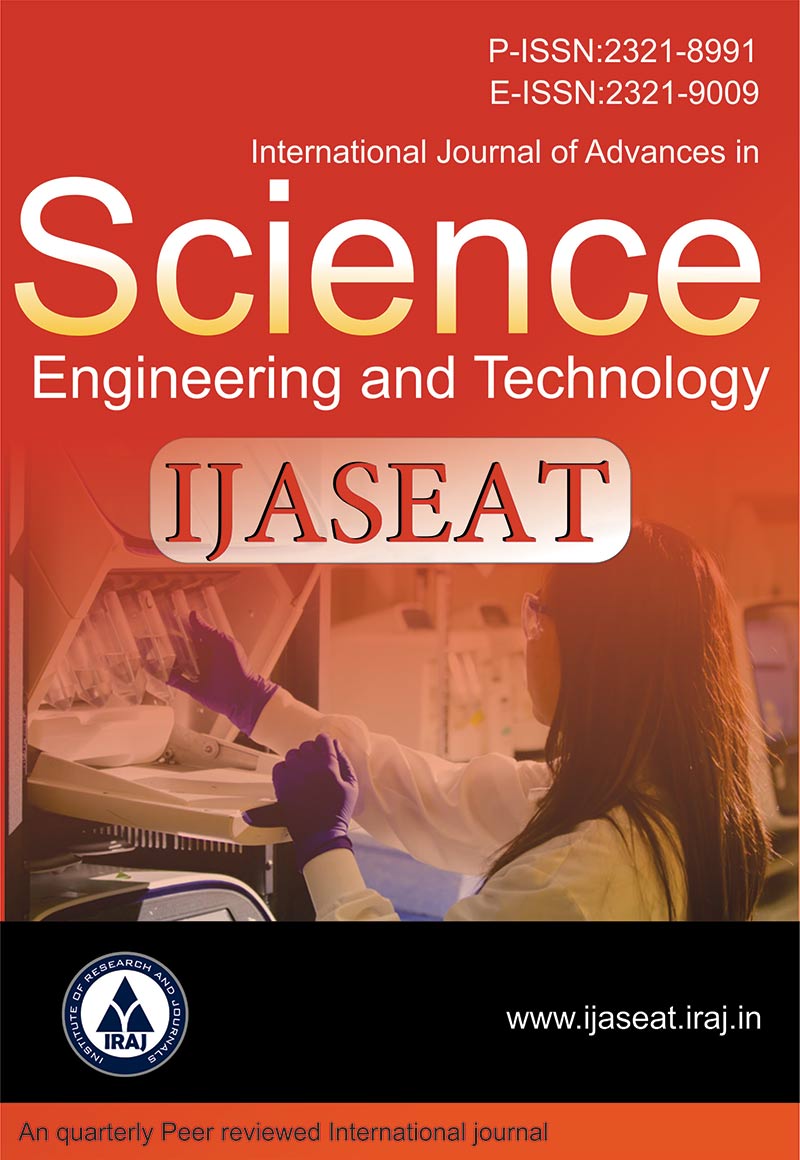Publish In |
International Journal of Advances in Science, Engineering and Technology(IJASEAT)-IJASEAT |
 Journal Home Volume Issue |
||||||||
Issue |
Volume-11,Issue-1 ( Jan, 2023 ) | |||||||||
Paper Title |
Heavy Metals In Wet Method Coffee Processing Plant: Case Study of KEGE Wetland, Dale Woreda, Sidama Regional State, Ethiopia | |||||||||
Author Name |
Yohannesseifu Berego, Solomon Sorsa, Mihret Dananto, Embialle Mengistie Beyene | |||||||||
Affilition |
||||||||||
Pages |
12-24 | |||||||||
Abstract |
Engineered systems known as constructed wetlands are designed to use natural processes to clear pollutants from contaminated water in a more controlled setting. An experimental study was conducted to evaluate the efficiency of both natural and constructed wetland systems in the treatment of coffee wastewater. Wetland with two perpendicular flows was constructed. The first constructed wetland was 132 square metres in size. 11 metres in length and 12 metres wide. The 11m * 3m * 1m open space between two constructed wetlands is built. The second constructed wetland was built, and it serves the same purpose as the first one: it discharges water into the river. The constructedwetland were done by digging 20 cm wide, 30 cm apart furrows. Vetiveria grasses have been sown at 20 cm intervals. R software (version 4.1) and Excel were used to collect, arrange, and analyze the physicochemical data. The significance of variations in metal concentrations and organic pollutant concentrations within the artificial wetland locations was assessed using one-way analysis of variance (ANOVA). Also evaluated were Tukey's multiple tests for mean differences. The Pearson correlation matrices using the correlation coefficient (r) for the samples were used to correlate the impact of one metal concentration on the percentage of the other metal in the wastewater samples. P 0.05 was chosen as the statistical threshold for all analyses to detect differences. Findings indicated that the highest mean nickel concentration was detected in WS2 (0.167± 0.01098).The lowest mean nickel concentration was detected in WS5 (0.032± 0.0174). A one-way ANOVA revealed a statistically significant difference (P˂0.05) between the mean nickel concentrations in waste water WS1 and WS2, and WS3. However, no statistically significant differences were between WS2 and WS3. Similarly, no statistically significant differences existed between WS1, WS4, and WS5. The presence of Zn in coffee processing was found to be lowest in the WS1 (0.035±0.00807ppm) and greatest in the WS3 (0.118±0.02820), respectively. The highest mean concentrations of Cu were found in WS2 (0.3010±0.02517) and the lowest were found in WS5 (0.0283±0.06528). The highest mean value of Sodium concentration in the wastewater sample was in WS2 (45.67 ppm) and the lowest were found in WS1 (18.79±2.065). The highest mean value of potassium concentration in the wastewater sample was in WS2 (11.75±0.73) and the lowest were found in WS5 (3.98±0.165).Similarly, the highest mean value of Calcium concentration in the wastewater sample was in WS3 (24.43±1.73) and the lowest were found in WS5 (10.67±1.165). Except for WS2 and WS4, all remaining sample sites were below the permissible limit of the FAO. The highest average concentration of Iron was found in WS3 (2.694±1.33). The lowest average concentration of Iron was found in WS1 (0.985± 0.07583). The highest mean Mn concentration (1.55±1.0ppm) was recorded in from WS2 and the lowest (0.209±0.29ppm) in wastewater from WS3. Overall, in WS1, the mean concentration of heavy metal was in decreasing order of Ca>Na>K>Mg>Fe>Mn>Cu>Ni>Zn>Cr, WS2 Na>Ca>Mg>K>Fe>Mn>Cu>Ni>Zn>Cr, WS3 Na>Ca>Mg>K>Fe>Mn>Ni>Cu>Zn>Cr.WS4Na>Ca>Mg>K>Fe>Mn>Cu>Zn>Ni>Cr. WS5 Na>Ca>Mg>K>Fe>Mn>Ni>Cu>Zn>Cr. The majority of the values obtained were below the allowable EEPA limits, indicating that systems of treatment were successful in treating the coffee effluent based on these findings. Keywords - Removal capacity, Constructedwetland ,Wastewater treatment, VetiveriaZizanoides. | |||||||||
| View Paper | ||||||||||